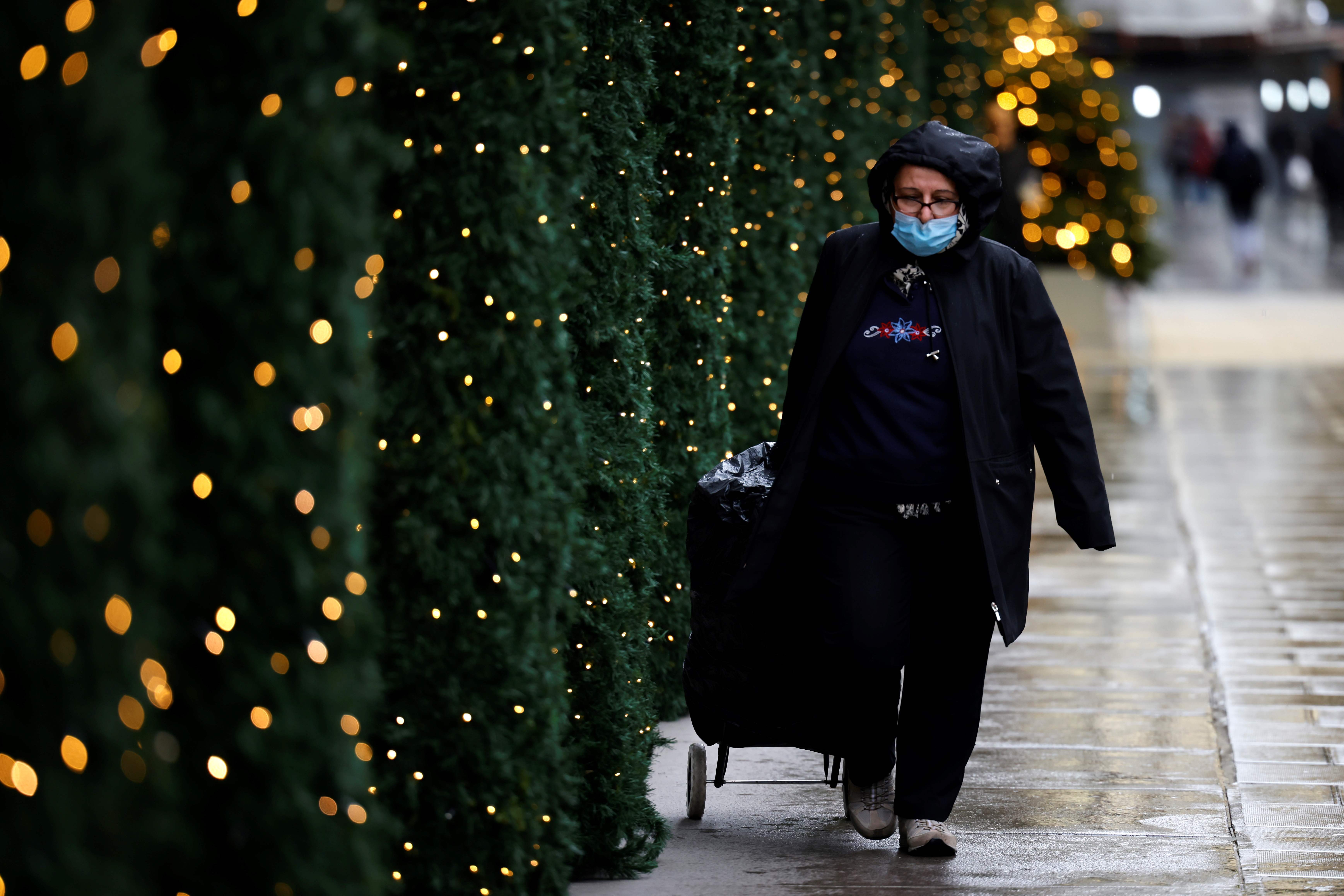Coronavirus infection rates continue to rise in London but level off in other parts of England
R rate across country falls to between 1 and 1.1

Your support helps us to tell the story
From reproductive rights to climate change to Big Tech, The Independent is on the ground when the story is developing. Whether it's investigating the financials of Elon Musk's pro-Trump PAC or producing our latest documentary, 'The A Word', which shines a light on the American women fighting for reproductive rights, we know how important it is to parse out the facts from the messaging.
At such a critical moment in US history, we need reporters on the ground. Your donation allows us to keep sending journalists to speak to both sides of the story.
The Independent is trusted by Americans across the entire political spectrum. And unlike many other quality news outlets, we choose not to lock Americans out of our reporting and analysis with paywalls. We believe quality journalism should be available to everyone, paid for by those who can afford it.
Your support makes all the difference.Coronavirus infection rates are rising in London but are decreasing in other areas of the country, the Office for National Statistics (ONS) has said.
Data amassed from 8 to 14 November shows there are significant variations in how quickly the virus is spreading within different regions.
While Covid-19 infection rates are increasing in London, eastern England and the southeast, they seem to be getting lower in the northwest and the east Midlands.
Nevertheless, the northwest still has the highest transmission rate in England, along with Yorkshire and the Humber.
The ONS said that infection rates were greatest among secondary school-aged children, older teenagers and young adults.
Infection levels are continuing to rise in primary school children but are plateauing in those aged over 25, the agency added.
Katherine Kent, co-head of analysis for the Covid-19 Infection Survey, said that the rises seen in places like London were typically driven by younger people becoming infected.
Overall, there were 38,900 new daily coronavirus cases in private households in England between 8 and 14 November, down from 47,700 the previous week.
This trend is also reflected in data published by the Scientific Advisory Group for Emergencies (Sage) on Friday, which reveals that the estimated R rate – the average number of people someone with the virus goes on to infect – is now between 1 and 1.1 in England.
This number was between 1 and 1.2 last week.
Responding to the varying infection rates in different areas of England, Tim Spector, professor of genetic epidemiology at King's College London, recommended that “an approach focused on improved compliance at regional, not national level, over a longer time frame is the best way forward”.
"We need to keep cases low enough for us to function as a nation until vaccines arrive without further harmful lockdowns,” he added.
Additional reporting from PA


Join our commenting forum
Join thought-provoking conversations, follow other Independent readers and see their replies
Comments